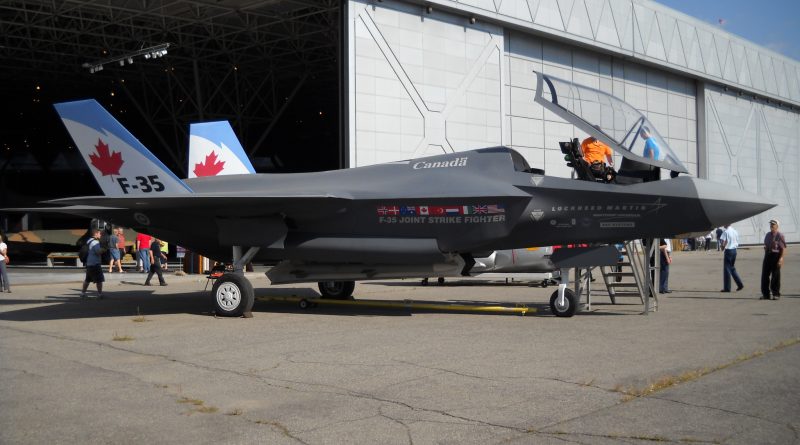The Canadian F-35 Saga, Sixth Part
The return of the liberals
The 2015 fall federal election brought the Liberals to power, then led by Justin Trudeau. The promise to proceed with an open and transparent tender was part of the election platform.
In June 2016, Lockheed Martin issued another warning to the Trudeau government if it decided to buy another fighter jet: Canadian companies could lose $825 million in industrial contracts on the F-35. The Liberals are keen on a tender and refuse to give in.
Boeing’s Gaffe
The delay in replacing the aging fleet of fighter jets was a problem. In order to maintain its military commitments, Canada needed to rapidly acquire 18 fighter planes. The simplest and most efficient solution then was to buy 18 Boeing Super Hornets. Indeed, this aircraft is the evolution of the CF-188 and it is therefore compatible with it. This would have given Boeing a significant advantage in replacing the entire fleet.
In the spring of 2017, it was practically in the bag for Boeing. But its president at that time, Mr. Dennis Muilenburg decided to file a dumping complaint against Bombardier and the C Series. The Canadian government responded and the purchase of the 18 Super Hornets was cancelled. Canada will instead opt to purchase used F/A-18s owned by Australia.
The Launch of the Call for Tenders
In December 2017, the Liberal government launched its “Future Fighter Capability Project” competition. The goal is to replace its CF-188 Hornet fleet with 88 new fighter jets. The government indicates that Canada’s Industrial and Technological Advantages (ITB) policy would apply to the project. This policy requires industrial and technological benefits equivalent to the value of the contract.
Potential suppliers have until fall 2019 to detail their offering. After receiving comments from the federal government, they will be able to modify it and resubmit it in the spring of 2020.
At the start, five manufacturers are in the race:
• Airbus (Typhoon)
• Boeing (Super Hornet)
• Dassault (Rafale)
• Lockheed Martin (F-35)
• Saab (Grippen)
In response to the launch of the competition, Lockheed Martin expressed concern about considering industrial and technological benefits.
Proposals will be rigorously evaluated based on:
• The ability of hunters (60%)
• Purchase, use and maintenance costs (20%)
• The economic benefits generated by the award of the contract (20%)
External pressure
During 2018, the Pentagon will intercede twice with the Canadian government in favour of the F-35. The US Under Secretary of Defense for Military Procurement Ellen Lord and JSF Program Director General Matt Winter. The two send a letter to the Trudeau government, delivered in August and December respectively. They warn the Canadian government about acquiring a new fighter plane. They both reminded the Trudeau government of the JSF protocol: as a signatory, Canada had agreed not to impose work sharing or any other form of industrial or commercial compensation. click here to watch our most recent video on YouTube
Click here to read the fifth part
Click here to read the last part
>>> Follow us on Facebook and Twitter

